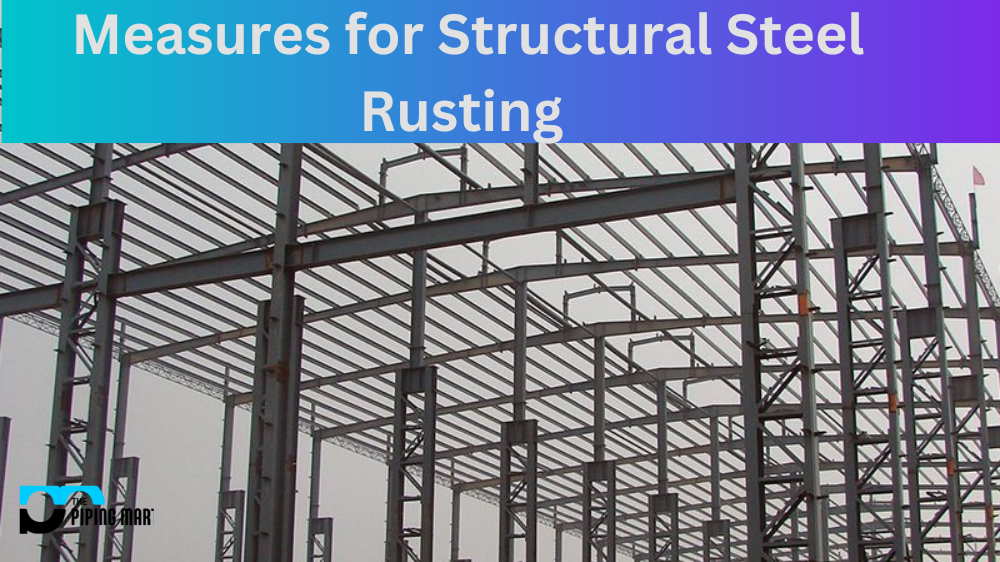Structural steel, or any metal for that matter, is prone to rusting when exposed to certain environmental conditions. Rusting results from oxidation and can cause structural damage if left unchecked. Fortunately, you can take several preventative measures to ensure your structural steel remains rust-free. This blog post will discuss three critical preventive measures to help protect your structural steel from rusting.
3 Ways to Prevent Rusting On Structural Steel
Rust Prevention Through Design
The first step in preventing rusting on structural steel is designing it with rust prevention as a primary goal. This means ensuring the design allows for proper drainage, ventilation, and periodic maintenance or inspection access. Good drainage will help keep rainwater away from the metal surfaces where it could cause corrosion over time. Ventilation should be incorporated into the design so that warm air can escape, which helps reduce condensation and moisture retention that can lead to rusting. And providing access for periodic maintenance and inspection is important so that any signs of corrosion can be identified early and addressed before they become major issues.
Surface Coating
The second preventative measure is applying a high-quality surface coating such as paint or powder coating to your structural steel components before installation. The coating will form a protective layer between the metal surface and environmental elements like moisture or pollutants that could cause corrosion over time. It’s also important to note that different coatings have different levels of durability; some may last longer than others depending on their environment, so it’s important to do research ahead of time and pick the suitable coating for your application.
Regular Maintenance
The third preventative measure is regular maintenance checks on all exposed structural steel components to identify any potential problems early on before they become major issues. This includes cleaning off dirt or debris buildup with an approved cleaner such as mineral spirits or acetone, inspecting all welded joints for signs of cracking or wear & tear, and applying additional protective coatings if necessary to maintain the integrity of the structure over time. Regular maintenance should be done at least once per year but ideally more often, depending on how much wear & tear the structure receives over its lifetime.
Conclusion
Rusting on structural steel components can cause serious damage if left unchecked—not only does it weaken the integrity of the structure itself, but it also has a significant impact on its aesthetic appeal as well. By incorporating these three key preventative measures—designing with rust prevention in mind, applying a durable surface coating before installation, and doing regular maintenance checks—you can help ensure that your structure stays strong for years to come! If you need help implementing these strategies in your next project, contact Metric Marketing; our expert team will guide every step!

Pipingmart is a B2B portal that specializes in metal, industrial and piping items. Additionally, we share the latest information and information about materials, products and various types of grades to assist businesses that are involved in this business.




